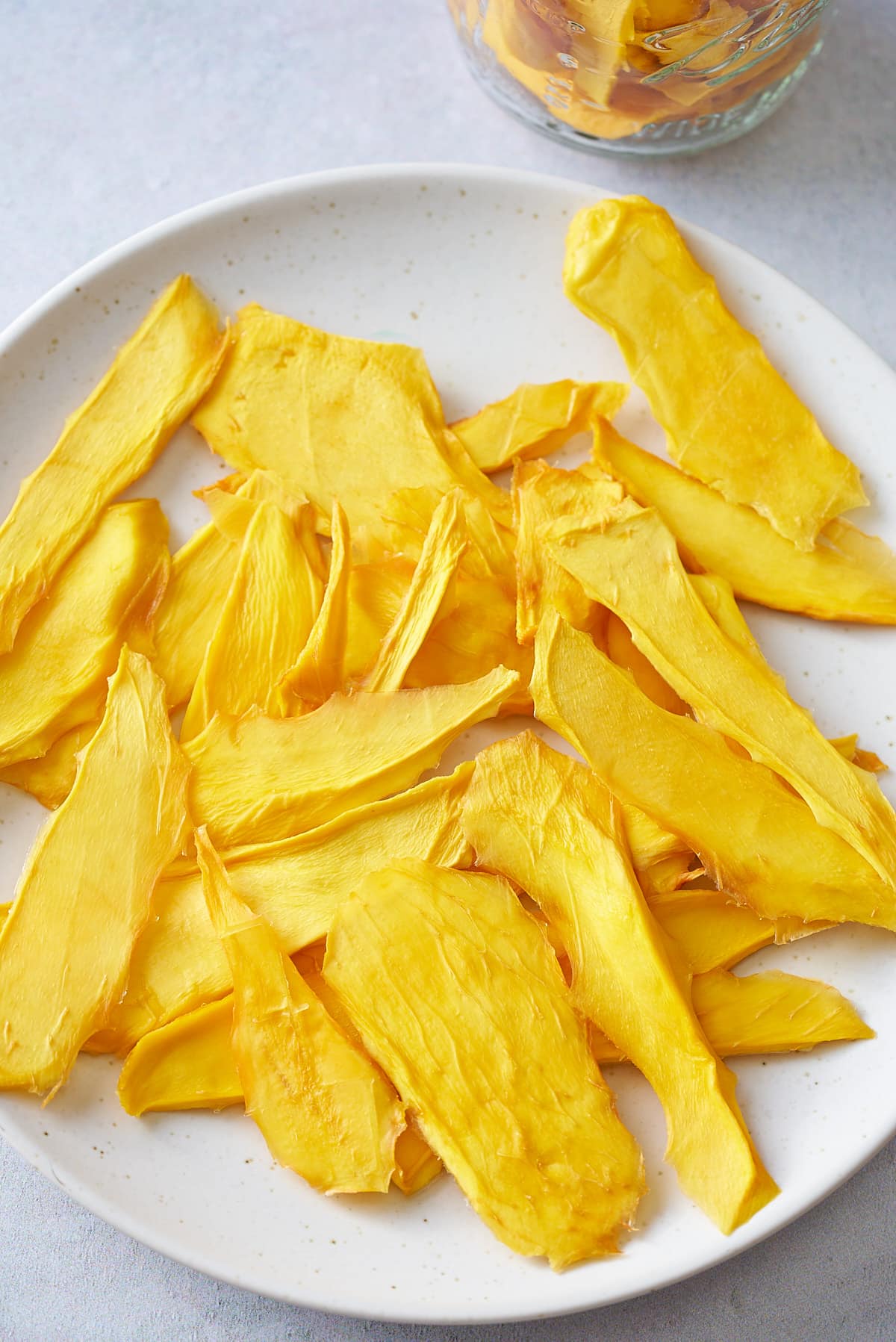Exotic Delight: Ten Reasons to Love Dried Mango
Dried mango is a yummy treat that brings a taste of the islands directly to your snack bowl. Whether you're enjoying it as a quick snack during a busy day or using it as a tasty ingredient in your favorite recipes, dried mango has a distinct charm that keeps everyone craving for more. Its exceptional sweetness and chewy texture make it a favorite among dehydrated fruits, and there are numerous reasons why this island treat deserves a special place in your kitchen.
One of the fascinating aspects of dried mango is the technique it undergoes at the processing plant. Here, ripe mangoes are thoughtfully selected and transformed into the delectable, sun-kissed snacks we adore. This careful crafting not only preserves the fruity goodness but also retains the nutrients, making dried mango a smart choice for a nutritious lifestyle. From its health advantages to its delightful taste, let’s explore the top reasons to become enamored with dried mango.
Health Advantages of Dried Mango
Dried mango is not just a savory snack; it is also filled with essential nutrients that contribute to a healthy diet. One of the standout features of dried mango is its high nutrient content, particularly vitamin A and C vitamin. A vitamin is important for maintaining good sight and promoting healthy skin, while vitamin C plays an important role in boosting the immune system and aiding in the taking in of iron. Adding dried mango in your diet can help support these crucial bodily functions.
In addition to vitamins, dried mango is a wonderful source of dietary fiber. Fiber is necessary for digestive health, helping to avoid constipation and encouraging regular bowel movements. Dried mango provides a convenient way to increase your fiber intake, making it a fantastic addition to your treats or meals. This fiber content can also help to a feeling of satisfaction, which may help with controlling weight.
Furthermore, dried mango contains various minerals, including potassium-rich and magnesium, which are important for maintaining healthy muscular and heart function. vietnam dried mango manufacturer helps regulate blood pressure, while magnesium is involved in over 300 biochemical reactions in the body. Consuming dried mango can therefore be beneficial not only for satisfying your cravings but also for promoting overall well-being and well-being.
This Dehydration Procedure Clarified

Dried mango begins its process at the origin, typically in exotic regions where the fruit is cultivated abundantly. The procedure starts with selecting ripe, high-quality mangoes that are picked at their peak sweetness and flavor. These mangoes are then washed thoroughly to remove any dirt or contaminants before being sliced into consistent pieces. Uniformity in slice size is key as it ensures uniform drying, which is vital for achieving the perfect texture and taste.
Once the mango slices are ready, they are undergoing to the drying process. In a dried mango factory, various methods can be employed, including sun drying, air drying, and mechanical drying. Mechanical dryers are commonly used as they provide controlled environments that can sustain optimal temperatures and humidity levels. This helps preserve the fruit's vibrant color and nutrients while reducing the risk of spoilage or contamination. The drying process can take a few hours to days, depending on the technique used and the moisture content of the mango slices.
After drying, the mango slices undergo a cooling and packaging stage to ensure they maintain their quality during storage and transport. Quality control is crucial during this phase, where the dried mango is inspected for any irregularities in texture, flavor, and appearance. When it meets the required standards, the dried mango is packaged in moisture-resistant materials to safeguard it from humidity, guaranteeing that consumers receive a tasty and wholesome snack that retains the flavor of fresh mango.
Sustainability in Dried Mango Manufacturing
The production of dried mangoes is increasingly being recognized for its sustainability advantages. Many mango processing plants are adopting strategies that lessen negative effects on the environment, such as acquiring mangoes from regional growers. By aiding local agriculture, these plants not only decrease transportation emissions but also contribute to the financial health of local farming communities. This community-focused strategy ensures that the mangoes are fresher and often produced without the overuse of chemical pesticides, fostering a better ecosystem.
Additionally, the dehydration process itself can be quite sustainable, especially when plants make use of solar-powered drying. This method takes advantage of the sunlight to process mangoes, minimizing fossil fuel use and lowering greenhouse gas emissions. As the popularity of dried mango expands worldwide, many plants are focusing on sustainable energy solutions, ensuring that the production process aligns with sustainable practices and aids in a healthier planet.
Finally, many of today's dried mango producers are focusing on waste reduction and sustainability. The residues of mango production, such as peels and seeds, can be turned into feed for animals, compost, or even bioenergy. This no-waste approach appeals to environmentally conscious consumers and reinforces dried mango as a treat that not only satisfies the taste buds but also promotes sustainable agricultural practices and a sustainable planet.